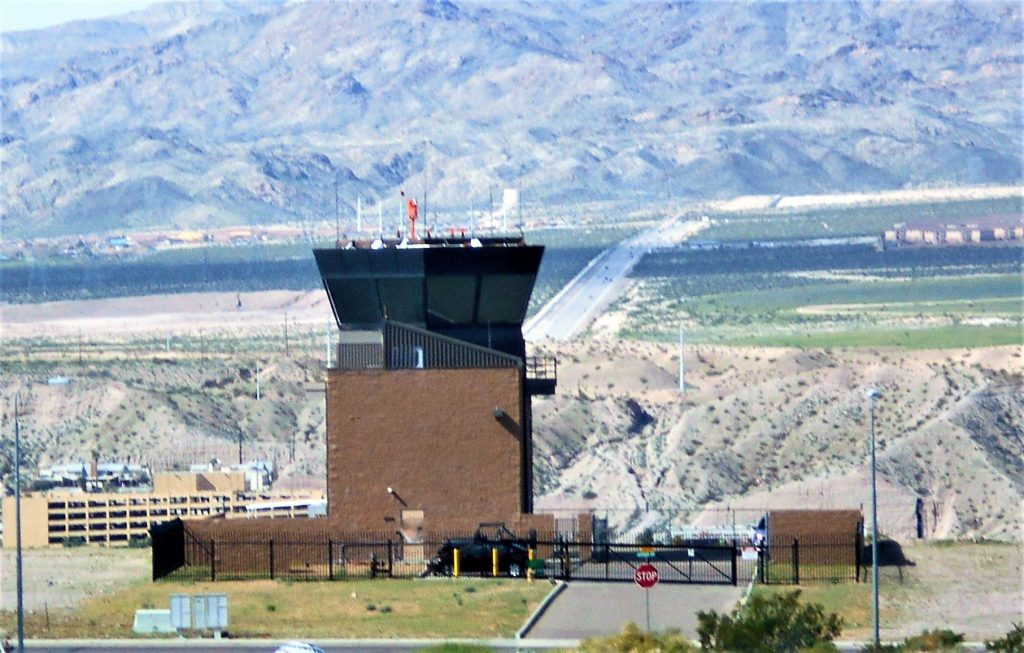Rio Creek Airport a local airport is a place where you can go for a flight or to take training. Many times, the airport is used as a place for community and relief aviation. There are also FBOs, or flight training centers, at these airports. You can learn more about these facilities by reading the following article.
Community airports
Community airports, also called general aviation airports, are those located in a town or city. They provide a safe, convenient and cost-effective option for people to fly for leisure or business purposes. These are not the same as the larger airports that handle large jets and intercontinental flights.
They are important, as they help expand commerce in the world. They also help to support a community’s social needs, such as schools and law enforcement. And they provide an economic stimulus to local businesses.
Several cities have launched community airports. In addition to serving the air travel industry, they are a catalyst for urban development.
General aviation airports
General aviation airports in local areas have a very important role to play. They supplement local communities and provide access to small and remote areas, especially in areas where infrastructure is insufficient. Besides serving private planes, general aviation airports are also key in fire management and search and rescue.
The National Plan of Integrated Airport Systems, which was established by the Federal Aviation Administration, lists more than 3,300 general aviation airports in the United States. Almost 3,000 of those airports are located in local areas.
Although many people know of the importance of general aviation, few are aware of the specific role that these facilities play in the community. For this reason, the National Air Transportation Association has gathered business and community leaders to discuss the role of general aviation in cities.

Reliever airports
Local airport relief airports might not be found in metropolitan areas, but they provide an important ancillary service. They support local communities, provide flight training, and supplement emergency services.
A relief airport can help major commercial airports run more smoothly by spreading flights over a larger area. It also improves general aviation access to the skies. These airports might be publicly or privately owned.
One of the best known examples of a reliever airport is the one at Miami International Airport. The facility has received kudos for its use of recycling and other green practices. Another example is the recently improved McCarran International in Las Vegas.
FBOs
For a long time the FBO at my local airport was the sole provider of std fuel. As luck would have it I am not a pilot but I do fly in and out of the airport on a fairly frequent basis. During this time I have had the courtesy of the aforementioned gentleman for the better part of a decade. Having said that I have been to the airport numerous times over the last few years and have only met a handful of folks there. This is a very humbling experience for the old codger and a true test of dedication.
Flight training facilities
For those who wish to be a pilot, you can find a variety of flight training facilities at your local airport. Many institutions offer programs, including Sport Pilot and Private Pilot, at low costs. You may also have access to small aircraft, or even classrooms and demonstration rooms.
If you are thinking of learning to fly, it is important to choose a flight school carefully. Choosing the right one will help you meet your goals more efficiently. Ask questions, talk to students, and make your own decision.
Often, the local aviation institutions take pride in their training facilities and the latest aircraft. They also ensure that their aircraft are maintained by FAA certified service centers.
State control over airport development funds
Currently, funding for airport infrastructure projects comes from three main sources. These include federal assistance, tenant rents, and private funds.
Federal aid is generally given through grants. This funding is managed by the FAA, which administers the Airport Improvement Program (AIP). AIP funds are used to help airports attract private investment dollars. It has been estimated that the program has spent about $2 billion a year on airport infrastructure in the last decade.
AIP funds are available for a variety of project activities, including safety and security improvements, new construction, and expanding capacity at small primary airports. In addition to the traditional grant programs, airports may also apply for discretionary funding.